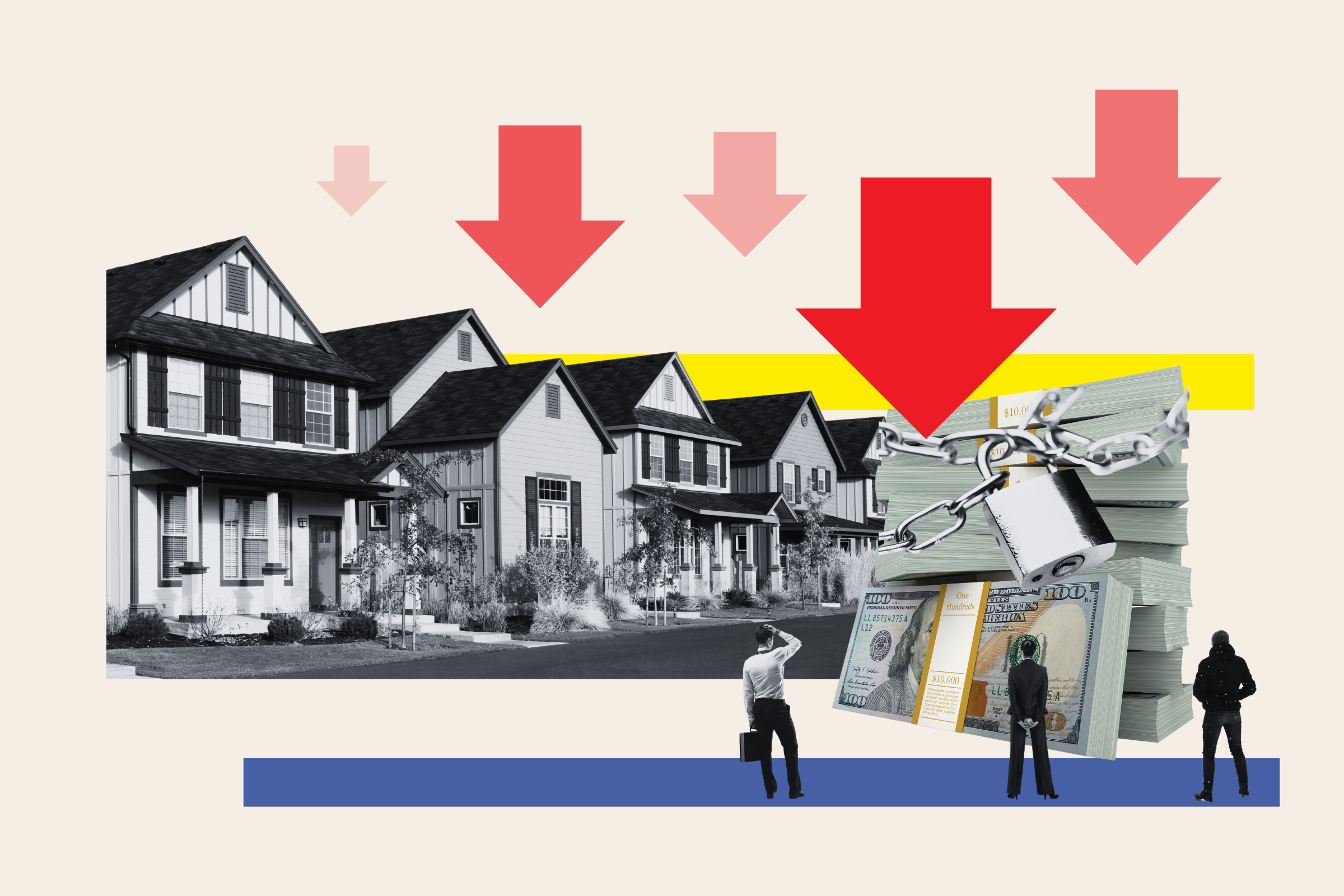
Get ready for a fascinating look at what’s happening in the US housing market right now! It’s a dynamic situation, with shifts providing some hope for buyers, while at the same time, actions from within the government are stirring up considerable concern regarding affordable housing projects. We’re seeing a unique confluence of market forces and political moves, and it’s creating a really interesting landscape.
Historically, spring marks the start of the busy season for home sales across the nation, and typically, we’d expect homeowners looking to relocate to find conditions favorable as the weather warms up. In fact, mid-April is often highlighted as the single best week to list a home, thanks to robust median prices and buyer demand, alongside relatively low competition and fewer price cuts.
But this year could easily be different, especially if buyers fully grasp the leverage they are beginning to possess. An analysis of data from Realtor.com covering the 50 largest US markets strongly suggests that sellers’ bargaining power is actually starting to wane. This is a direct result of steadily surging home inventory putting downward pressure on property prices, a trend we’ve been watching closely.
Now, layer onto this picture the potential fallout from sweeping budget cuts recommended by the Department of Government Efficiency (D.O.G.E.). This initiative, helmed by Elon Musk, is pushing for significant reductions in government jobs. If these cuts are enacted as extensively as Mr. Musk desires, it could trigger a mass exodus from cities with high concentrations of federal employees, such as Washington, D.C.

Such a scenario would potentially lead to a significant ballooning of home listings in these markets, further deflating their value. We may already be seeing this play out in the nation’s capital, where home inventory has skyrocketed dramatically. Realtor.com data showed inventory rising 46.5% year over year in mid-February, accelerating to 48.3% in the last week of February, and then hitting a remarkable 56.2% in the first week of March.
This surge pushed median home prices in Washington, D.C., down by 1.6% from a year earlier. Danielle Hale, chief economist at Realtor.com, commented on the early signs, stating, “So far, we’re seeing more homes on the market, and modestly lower asking prices.” While she and other researchers hadn’t seen discernible signs of a boom tied to federal workers initially, they are now observing the shift and believe it could gain momentum.
Ms. Hale pointed out that Washington, D.C. has the largest share of federal workers in the country. However, she cautioned, “other highly federally employed markets could see similar shifts in the coming weeks or months,” suggesting that the impact of potential DOGE-driven job cuts on housing could spread.
For years, attempting to navigate the housing market as a buyer has been incredibly challenging, even painful. Home affordability was severely strained, with prices and mortgage rates reaching uncomfortable highs, effectively putting ownership out of reach for countless individuals and families. Add to that a widespread shortage of available homes, and the process became complicated for everyone, including wealthier buyers.

However, significant increases in home supply are now actively shaking up the US real-estate market, providing a glimmer of hope for those looking to buy. Active home listings in early March were a substantial 27.8% higher than the same time last year, according to Realtor.com. This follows a 27.5% increase in February, marking the sixteenth consecutive month with more houses available on a typical day compared to the previous year.
While supply is still stretched relative to pre-pandemic levels, this consistent growth is meaningful. The number of unsold homes, which includes those already under contract, was also up significantly, rising by 18.2% from February last year. This marked the fifteenth straight month of growth in unsold inventory.
Newly listed homes also contributed to the increased supply, showing a 4.2% increase in availability compared to last February. This overall improvement in inventory has made homes harder for sellers to move quickly, fundamentally altering the market dynamic.

On average, US houses were on the market for approximately 66 days in February, a noticeable increase from just over two months last year. Properties have been spending more time listed than the year prior for eleven consecutive months now, a trend observed in 42 out of the 50 largest US cities tracked by Realtor.com.
The days of intense bidding wars, a defining feature of the pandemic-era market, have largely become a relic of the past. With more houses available, sellers are increasingly turning to price reductions as a necessary strategy to entice buyers and generate interest. Nearly 17% of listings in February had experienced at least one price cut at some point during their listing period, up from a 14.6% rate a year earlier.
Sabrina Speianu and Danielle Hale, researchers at Realtor.com, noted this shift in a report released in late February. They wrote, “Sellers are increasingly adjusting to slower market conditions, as the share of homes with price reductions rose significantly last month.” This trend, they suggested, “could indicate a potential slowdown in price growth,” which is welcome news for aspiring homeowners.

Looking at median prices, the median US home price did slip slightly, down 0.8% to $412,000 from February last year, according to Realtor.com’s findings. Interestingly, values were up 1.2% on a price-per-square-foot basis, suggesting that perhaps cheaper, smaller homes were making up a larger portion of the inventory coming onto the market.
Regardless of the exact composition, the fact that prices aren’t surging is a definite win for hopeful buyers after enduring years of explosive price growth. And given the trends in inventory and price cuts, there’s potential for further declines, making affordability a more realistic prospect for some.
Related posts:
Trump v. California on women’s sports, a risky mortgage retread, and other commentary
Liberals’ ‘Abundance’ Discourse Is Good for Trump and Musk — and Bad for Dems
DOGE cuts could hit home prices hardest in these 14 cities




